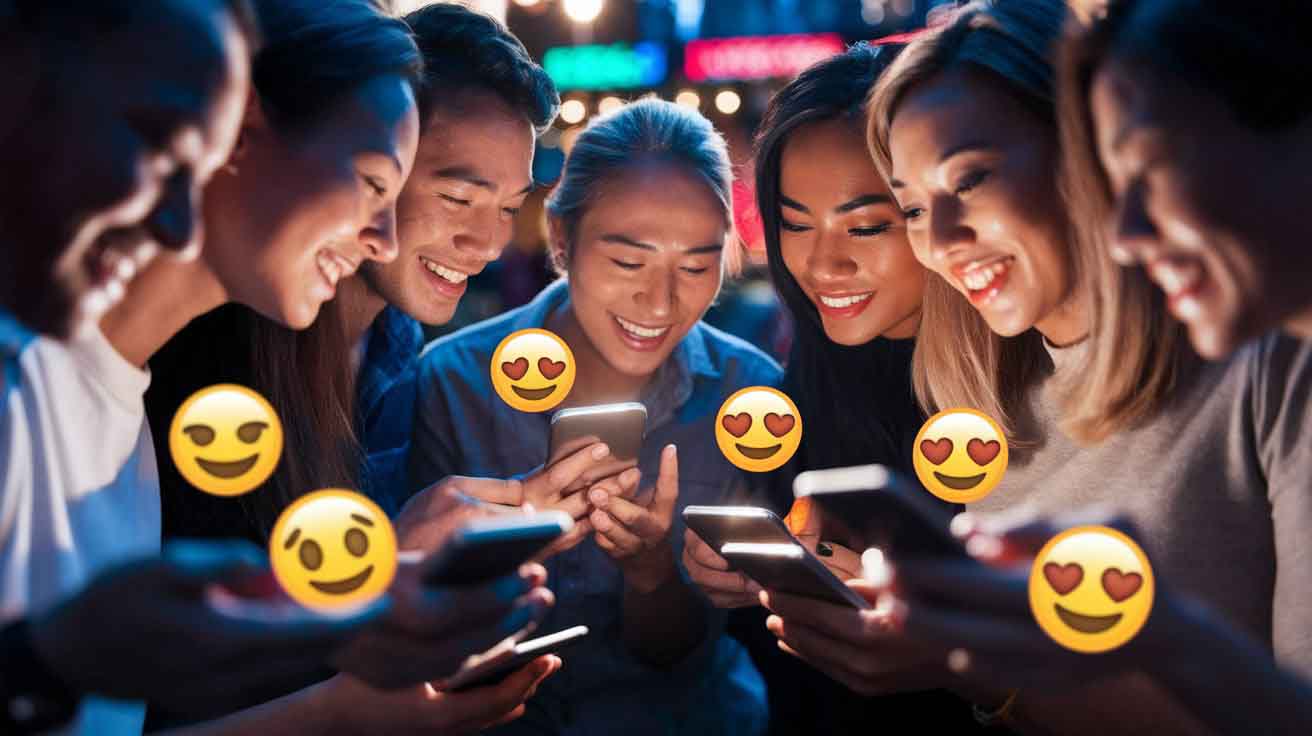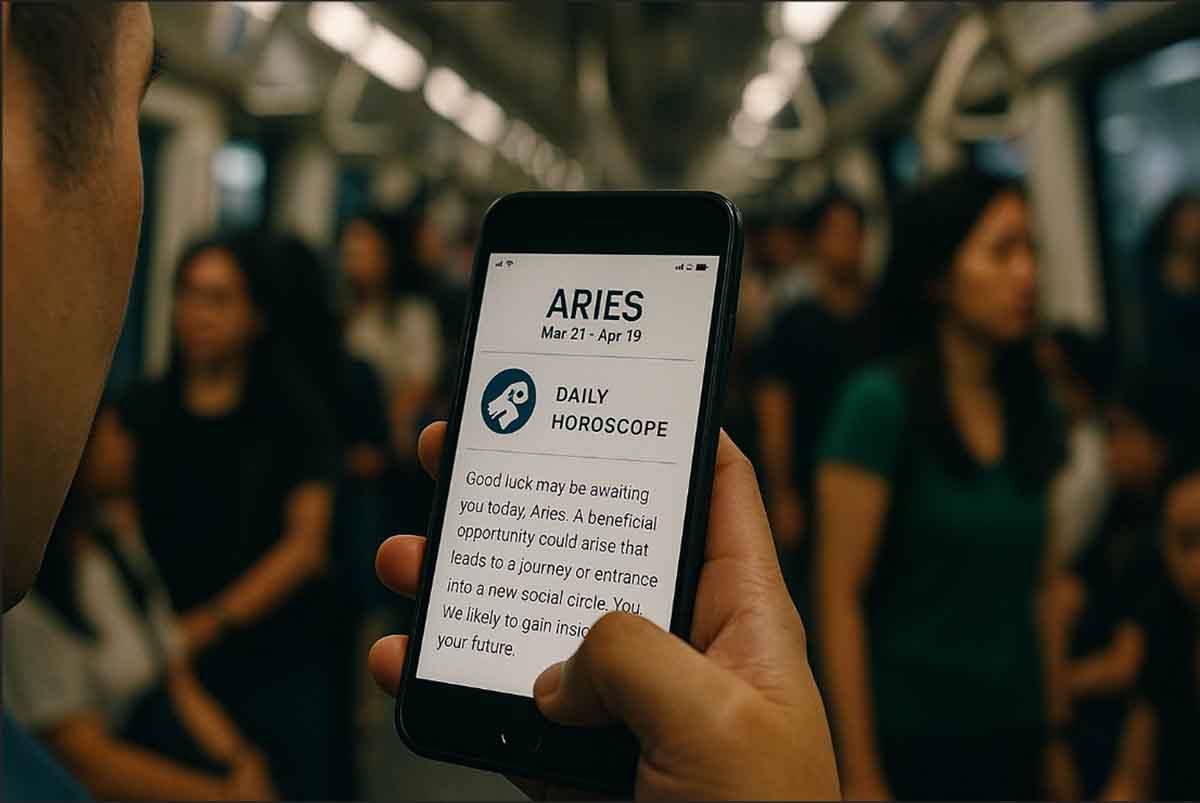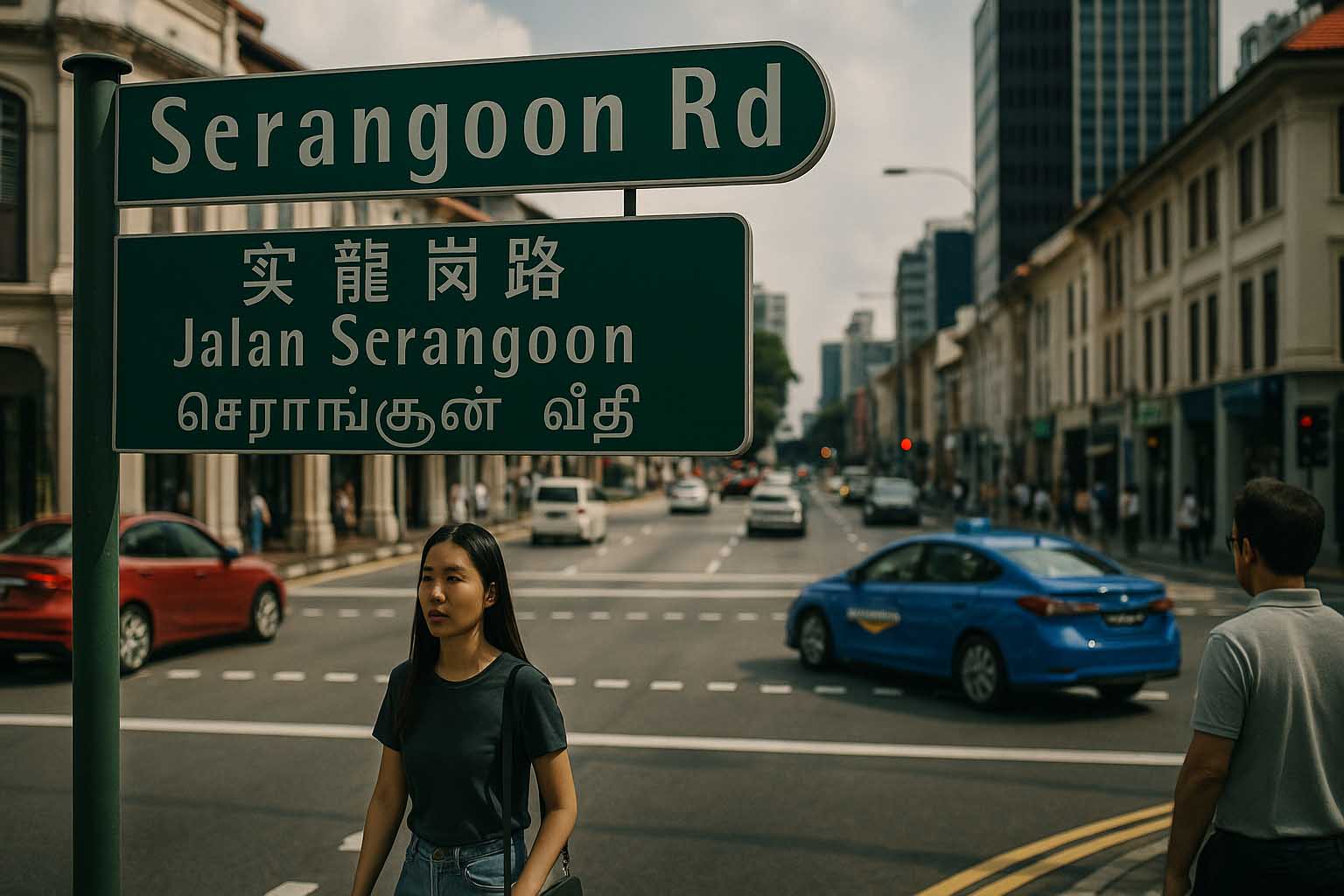Expressing More with Less: The Rise of Emojis in Modern Communication
Tiny icons packed with feeling—emojis—are no longer just decoration in a chat. In Singapore, where cultures and languages converge, they’ve become an essential tool for connection. Used thoughtfully, they bring clarity, authenticity, and inclusion to conversations—whether it’s a quick group message or a branded post reaching people around the world.
One symbol can often replace an entire sentence. A simple 😊 placed at the end of a message can add warmth or reassurance. These icons are shaping everyday talk, bridging emotional gaps, and helping people connect across different languages and cultural backgrounds.
At a Glance
Wider impact: Emojis influence how people interact in business, marketing, and education.
What’s current: Emoji 15.1 includes 118 new entries, Unicode 16.0 adds seven more, and a draft for Emoji 17.0 is expected in 2025.
Singapore focus: Residents use emojis in meaningful ways, from hawker reviews to banking notifications.
Inclusive moves: New proposals, including afro-hair and harp emojis, support better cultural representation.
Practical use: Pick emojis that suit the message, maintain tone, and check for platform consistency.
The Global Reach of Emojis
From Nairobi to New York, emojis have become the shared “body language” of the internet. One icon can soften a message or show positive intent. In formal emails, they aren’t just for casual users—they reduce misunderstanding and clarify tone.
In Singapore, the rise of emoji use connects to three core factors:
Multilingual setting. Singapore’s daily language mix includes English, Malay, Tamil, and Mandarin. Emojis help bridge areas where translations don’t fully work.
Mobile-first habits. Push alerts and app messages often have strict character limits. Using a relevant icon saves space while keeping the message clear.
Young online population. Gen Z and Alpha are active across short-form platforms like TikTok, Telegram, and Threads. Emojis are part of their default visual language.
Globally, emojis also help with marketing. Studies show that appropriate emoji use can boost engagement by more than 20%. A carefully chosen symbol in a caption or headline makes it easier to connect with audiences fast.
Singapore’s Emoji Habits: What Sets It Apart
Emoji culture in Singapore reflects a balance between utility and creativity. Here are a few examples that illustrate this trend:
Food scene. Reviews on platforms often use 🌶️🔥 to describe spiciness in hawker stalls like those at Maxwell Food Centre. These symbols save time and help readers decide quickly.
Finance and tech. Local apps use icons like 🪙 and 📊 to simplify market trends or alert users to promotions. It keeps notifications from feeling too serious or dense.
Green initiatives. Beach clean-ups and recycling events use ♻️ and 🏖️ to promote participation. Emojis grab attention in crowded feeds and boost turnout.
Locals are open to trying new symbols. When a fresh icon spreads through influencer posts or community chats, people often adopt it quickly. This willingness to experiment keeps the digital culture vibrant and adaptable.
Emoji Updates 2024–2025: What’s Coming
Unicode 15.1 brought 118 additions. Among them were new hand gestures like palm up, palm down, and a shaking head that turns in random directions. Five updated family combinations were also introduced.
Unicode 16.0 expanded this further in 2024 with seven additional symbols, including a harp and new flag designs.
Looking ahead, the Emoji 17.0 draft features icons like ballet dancers and a mythical hairy creature. If approved by late 2025, they’ll start appearing on iOS, Android, and social platforms by mid-2026.
For design teams and digital marketers, this timeline matters. Apple usually leads the release cycle, with Samsung and Google following shortly after. Once these icons show up on Singapore-based devices, they’re likely to appear in user content. Brands that use them early often benefit from standing out.
Emoji and Identity: Expressing Diversity
Icons aren’t just decorative—they express identity. In 2024, a youth-led group from London submitted afro-hair emoji proposals to reflect more natural hairstyles.
Meanwhile, a harpist and filmmaker in the U.S. pitched the harp emoji. It showed that even less common instruments deserve space in digital dialogue.
Singapore’s diversity inspires new ideas too. Advocates hope that future icons will reflect elements like hawker fare, Peranakan motifs, or everyday local experiences. These could improve storytelling in social content and marketing—making them feel more familiar and grounded without needing a full paragraph of explanation.
How to Use Emojis Well
Emojis are powerful, but context matters. Consider these tips when using them:
Check how they appear. An emoji may look slightly different between iOS and Android. Review your message before sending.
Stay in tune. Some emojis carry different meanings based on culture or generation. The 😏, for example, may seem playful in casual chats but awkward in business contexts.
Stick to a few. Two or three icons per message is usually enough. Using too many can confuse or annoy the reader.
Support accessibility. If you’re posting publicly, include brief alt text or captions for users who rely on screen readers. This ensures your message reaches more people.
Real-Life Example: Communicating Without Words
Wei Ling, a young professional in tech, uses “🍜✌️” to invite her coworkers to a nearby noodle spot during lunch. There’s no room for confusion—everyone knows what she means.
Meanwhile, Arjun works on an event app and uses “🚌➡️🏟️” in a post to show that shuttle buses are available. The response was strong. Click-through rates jumped by 17% based on A/B test results.
These situations show how emojis cut through noise. They offer instant understanding, even with minimal text.
Other Everyday Uses
Emojis are useful across all kinds of everyday interactions:
Parenting chats. Parents use 🍼 or 💤 in group messages to share feeding and nap updates. It keeps communication short and friendly.
Retail campaigns. Shop owners use 🛒 and 🎈 during sales to draw attention on social media. Customers often respond more when posts feel light and personable.
Daily tasks. Calendar and checklist apps now use ✅ and ⏰ to make task tracking more intuitive.
This kind of visual clarity helps users stay organized and informed. Whether it’s business or leisure, emojis support a better user experience.
Why It Matters
In a multilingual place like Singapore, where conversations span different cultures, emojis offer a shared language. They simplify messages while keeping them warm and respectful.
As each new set of icons expands what people can express—from music and art to family and identity—users gain more tools to speak from the heart.
Emojis don’t replace real words. They support them. With one symbol, a person can show care, appreciation, urgency, or humor. For marketers, designers, or just friends chatting in a group, it’s an effective way to make digital spaces feel more human.
Use them thoughtfully, and they’ll always add something extra—whether you’re promoting an idea, inviting someone to lunch, or just saying hello.











Leave a Reply